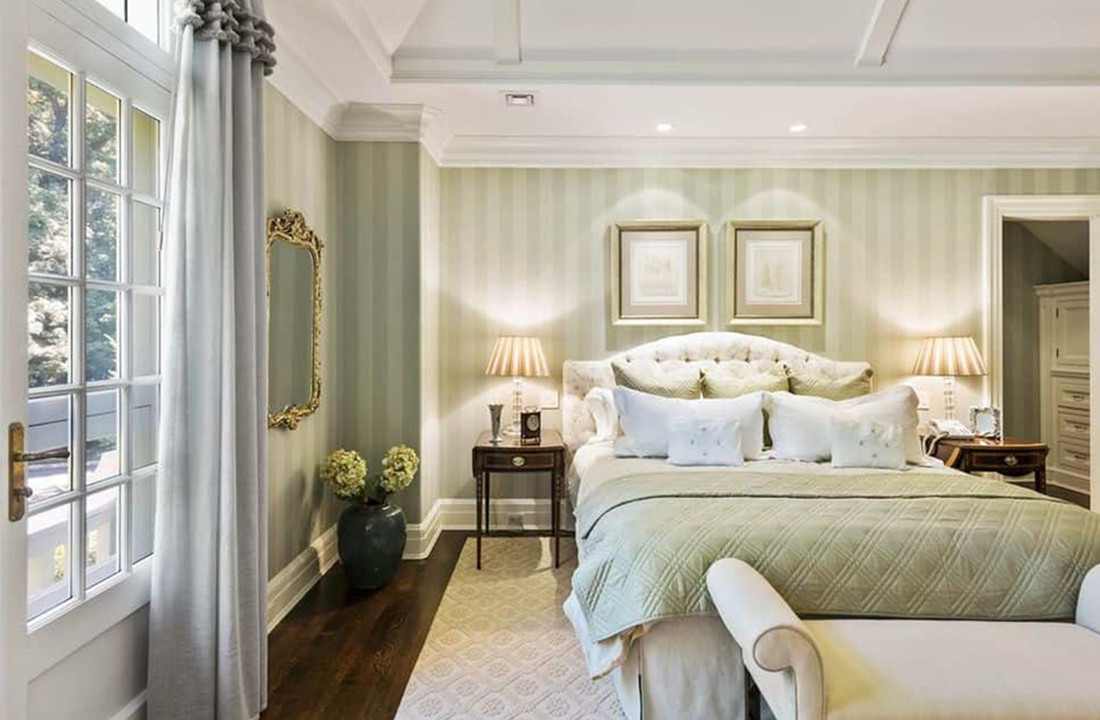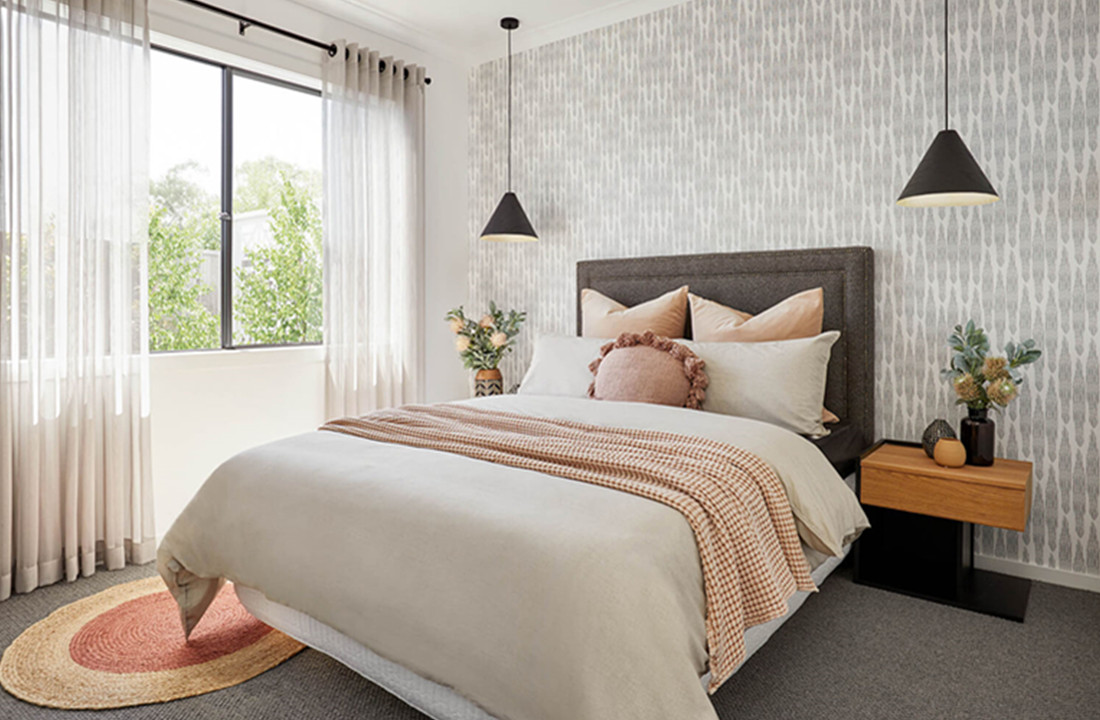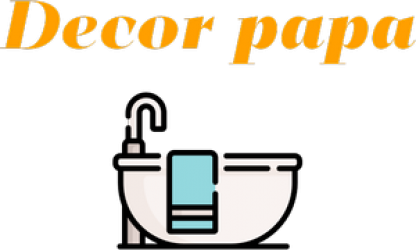Bedding Buying Guide

Disclosure: This post contains affiliate links. I may earn commission from any sales made or actions taken as a result from users clicking the links on this page.
Bedding is what we use to make our beds more comfortable and also provide decoration. There are many different beddings out there, so I’m going to give you a few tips for picking the perfect one. What to look at when buying a bedding guide includes;
1. Thread count
This is a number that represents how many threads are in a square inch. The higher the number the better quality and the more comfortable your bed will be.

2. Colors
This one is going to depend on what you prefer, but remember if you have a busy sheet set, your comforter should be plain to avoid clashing with it, or vice versa. Also, consider that darker colors are cooler than lighter ones.
3. Price
You don’t have to buy one of those expensive sets out there because honestly, they’re just normal sheets attached to a duvet cover and sham casings. You can even use your old sheets instead so you can save some money here. Just make sure they aren’t too worn out if you do this.
4. Sheets
There are several types of sheets, but the three main categories; natural, synthetic, and semi-synthetic. Natural fibers are cotton, silk, linen, and bamboo. They’re usually less expensive than synthetic sets but they wrinkle more easily. Synthetics include polyester ( easy to clean, wrinkles less) and rayon (similar to silk). Semi-synthetics have a degree of both natural and synthetic fibers so they’re a good choice for those who want a little bit of each type. There’s also a flannel which insulates well in winter, but it’s noisy, heavy and it doesn’t breathe well so keep that in mind before you buy some.
5. Bedskirts
Bedskirts are a common component of bedding sets. Make sure you buy one that’s at least the same width as your mattress. It should also be several inches longer than your mattress to make it look nice and full because it drapes over the edge of the box spring. In general, a 15-inch drop is standard for bed skirts but you can go as high as 22 inches if you prefer.
